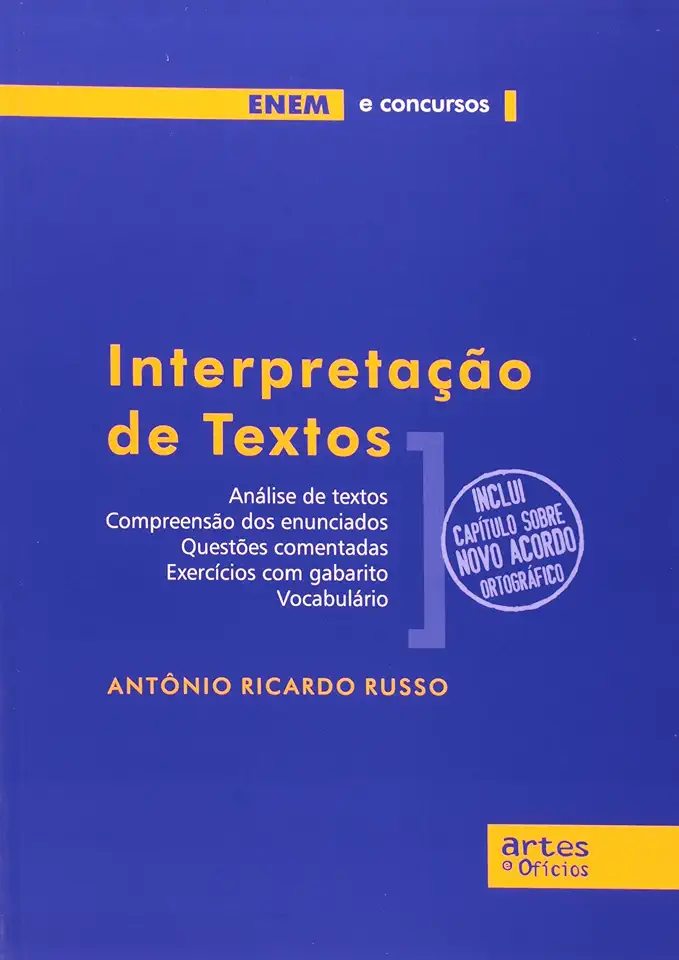
Text Interpretation - Ricardo Russo
Text Interpretation: A Comprehensive Guide to Analyzing and Interpreting Texts
Introduction
In today's world, we are constantly bombarded with information from a variety of sources. From news articles and social media posts to academic papers and business reports, it can be difficult to know how to make sense of it all. That's where text interpretation comes in.
Text interpretation is the process of analyzing and understanding the meaning of a written text. It involves identifying the author's purpose, understanding the main ideas and arguments, and evaluating the evidence and reasoning presented. By interpreting texts effectively, we can gain valuable insights into the world around us and make informed decisions.
Why is Text Interpretation Important?
There are many reasons why text interpretation is important. First, it helps us to understand the author's intended meaning. When we interpret a text, we are trying to figure out what the author was trying to say. This can be a challenging task, as authors often use complex language and symbolism. However, by carefully analyzing the text, we can usually come to a good understanding of the author's intentions.
Second, text interpretation helps us to identify the main ideas and arguments in a text. This is important because it allows us to focus our attention on the most important information. When we know what the main ideas and arguments are, we can better understand the text as a whole.
Third, text interpretation helps us to evaluate the evidence and reasoning presented in a text. This is important because it allows us to determine whether the author's arguments are valid and supported by evidence. By critically evaluating the text, we can avoid being misled by false or misleading information.
Finally, text interpretation helps us to gain valuable insights into the world around us. By understanding the different perspectives and ideas presented in texts, we can expand our knowledge and understanding of the world. This can help us to make better decisions and live more informed lives.
How to Interpret a Text
There are many different ways to interpret a text. However, there are some general steps that you can follow to help you get started.
- Read the text carefully. The first step to interpreting a text is to read it carefully. This means reading it more than once and paying attention to the details. As you read, take notes of any important information or ideas that you come across.
- Identify the author's purpose. What is the author trying to say? Is the author trying to inform, persuade, or entertain? Once you know the author's purpose, you can better understand the text as a whole.
- Identify the main ideas and arguments. What are the main points that the author is making? What evidence does the author provide to support these points? By identifying the main ideas and arguments, you can better understand the structure of the text.
- Evaluate the evidence and reasoning. Is the author's evidence valid and reliable? Is the author's reasoning sound? By critically evaluating the text, you can avoid being misled by false or misleading information.
- Draw conclusions. What is the overall meaning of the text? What are the implications of the author's arguments? By drawing conclusions, you can gain valuable insights into the world around you.
Conclusion
Text interpretation is a valuable skill that can help you to understand the world around you and make informed decisions. By following the steps outlined in this guide, you can learn how to interpret texts effectively and gain valuable insights from them.
Call to Action
If you want to learn more about text interpretation, I encourage you to purchase my book, "Text Interpretation: A Comprehensive Guide to Analyzing and Interpreting Texts." This book provides a comprehensive overview of the text interpretation process, including detailed instructions on how to analyze and interpret different types of texts. With this book, you will be able to master the art of text interpretation and gain valuable insights from the texts you read.
Enjoyed the summary? Discover all the details and take your reading to the next level — [click here to view the book on Amazon!]